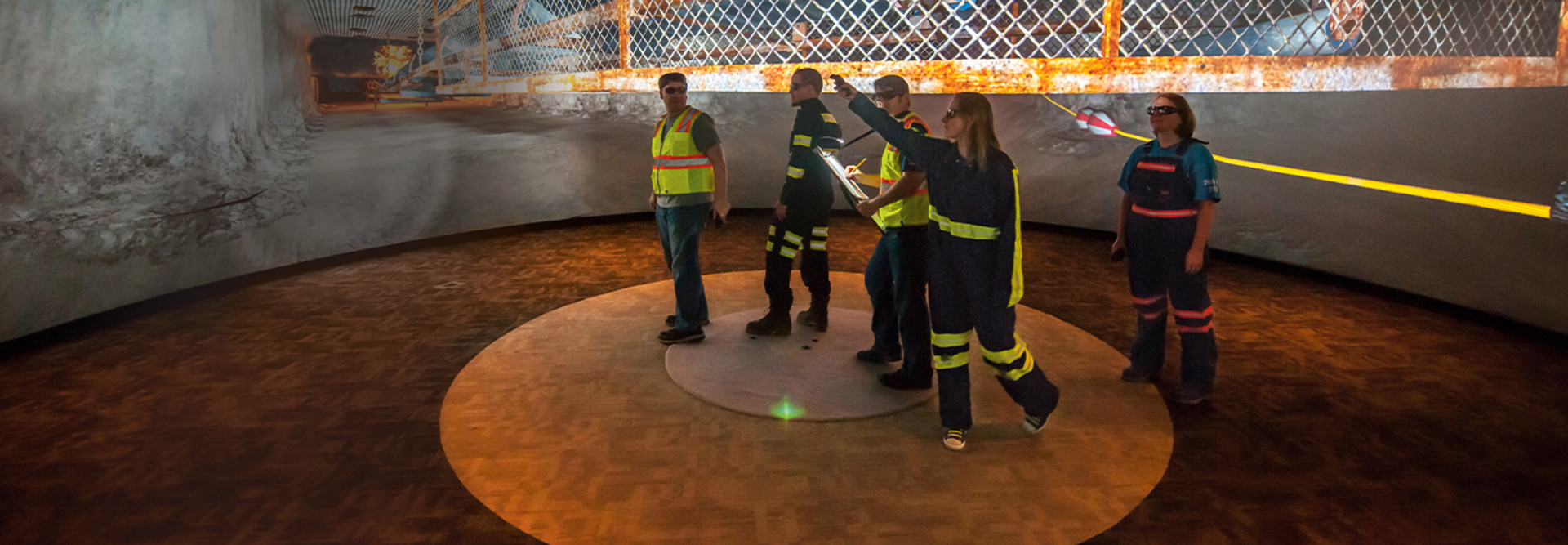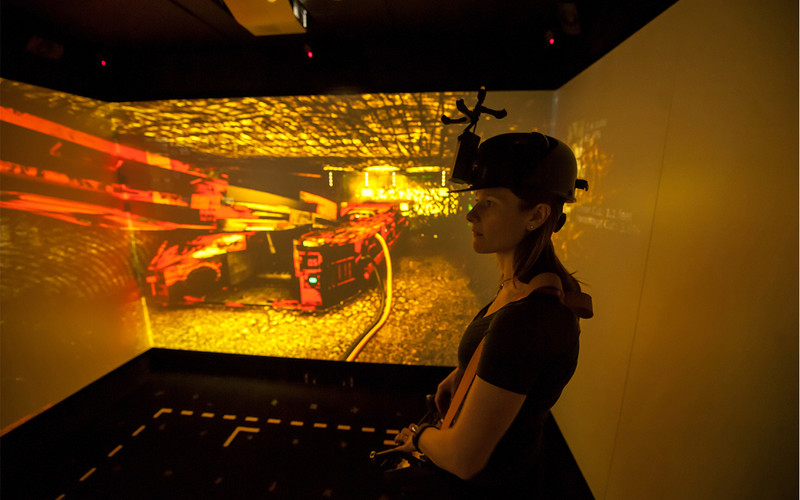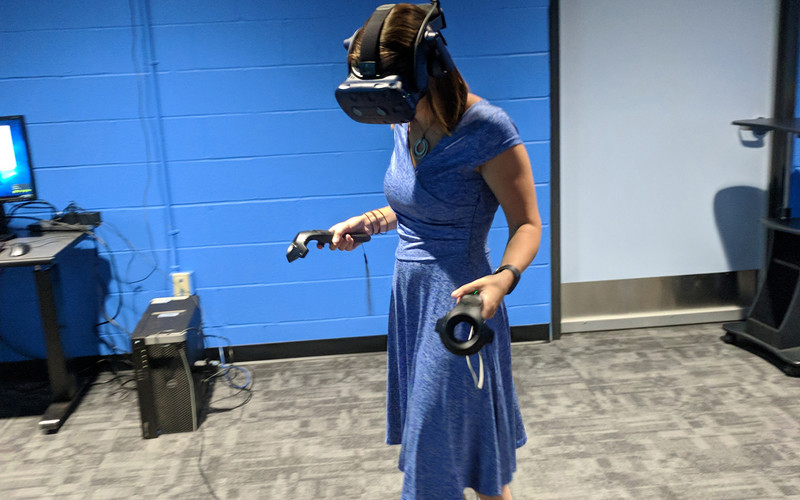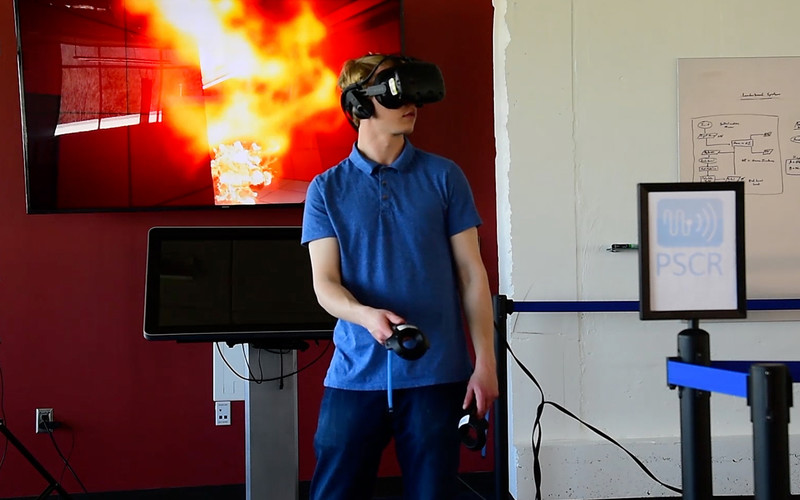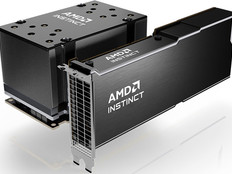Government Agencies Turn to VR
Already in regular use at NASA and the Department of Defense, where the Army trains using Microsoft HoloLens headsets, augmented and virtual reality for testing and training are gaining speed in civilian agencies.
Although it’s still sporadic, several converging factors may bring government use of AR and VR to the forefront.
“Between improvements in software, improvements in mobile phone technology and now with 5G networks, all those things coming together are really going to drive explosive growth in this market,” says Ray Briggs, a principal and partner with Deloitte’s government and public sector division.
While challenges such as aging technology portfolios remain, opportunities to employ VR training are plentiful.
“The government is the No. 1 purchaser of goods and services. Civilian agencies have large fleets, assets and infrastructure,” all of which can benefit from more interactive and engaging operator training, Briggs says.
RELATED: How is the Air Force using VR to modernize flight training?
VR Headsets Can Be Useful Recruitment Tools
The pandemic has also driven the adoption of VR training. “People used to get on a plane to train others or to be trained,” Briggs continues.
“Now, there’s been an enhancement to the effectiveness of distance learning. They’re seeing that they can turn this situation into an engaging remote learning setting with both AR and VR.”
At a typical college recruitment event for the Agriculture Department, a student can wear a VR headset to experience working as a food safety inspector.



